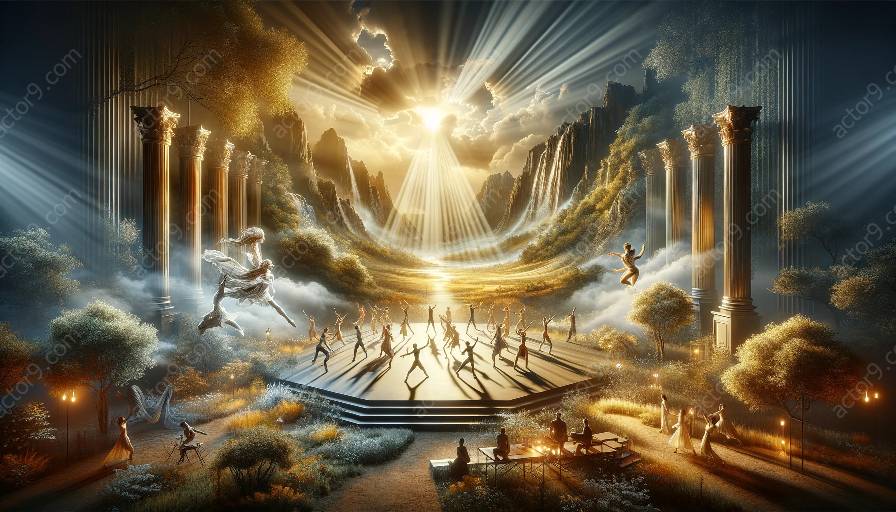Physical theatre is a dynamic and captivating form of performance that relies heavily on the body and movement to convey stories and emotions. The interaction between performers and the audience is often intense and immersive, making every aspect of the production, including lighting, crucial to its success.
Role of Lighting in Physical Theatre
In physical theatre, lighting plays a significant role in shaping the mood, atmosphere, and visual dynamics of the performance. It enhances the storytelling, amplifies the emotional impact, and guides the audience's focus by directing their attention to specific movements and gestures. Effective use of lighting can transform a bare stage into a rich and evocative environment, adding depth and dimension to the narrative.
The Impact of Theatrical Lighting Techniques
Theatrical lighting techniques have the power to profoundly influence the audience's perception and emotional response to a physical theatre production. Here are some key techniques and their impact:
- Spotlighting: By isolating individual performers or specific areas on stage, spotlighting can draw the audience's attention to critical moments, gestures, or expressions, intensifying the dramatic impact.
- Color Washes: Using colored lighting to bathe the stage can evoke emotions, create different moods, and symbolize themes, transforming the visual landscape and supporting the narrative.
- Shadows and Silhouettes: Strategically casting shadows and creating silhouettes can add depth, mystery, and intrigue to the performance, emphasizing the physicality and shapes of the performers.
- Movement and Dynamic Lighting: Synchronized with the performers' movements, dynamic lighting can amplify the energy and intensity of physical theatre, creating visually stunning and immersive experiences.
Enhancing Storytelling and Atmosphere
Effective use of lighting techniques in physical theatre enhances the storytelling and atmosphere by:
- Emphasizing Physicality: Accentuating the performers' bodies and movements, lighting can communicate powerfully without words, conveying emotions, relationships, and conflicts through visual expressions.
- Creating Environments: From surreal dreamscapes to gritty urban landscapes, lighting can establish diverse environments, transporting the audience into different worlds and enhancing the narrative's depth.
- Engaging the Audience: Lighting can manipulate the audience's perception of time, space, and reality, drawing them into the performance and establishing a sense of intimacy and connection with the performers.
- Amplifying Emotional Resonance: By sculpting the visual elements of the performance, lighting can intensify emotional moments, evoke empathy, and immerse the audience in the characters' experiences.
Overall, theatrical lighting techniques are integral to the success and impact of physical theatre productions. They have the potential to enrich the audience's experience, deepen the storytelling, and elevate the visual and emotional dimensions of the performance.




































